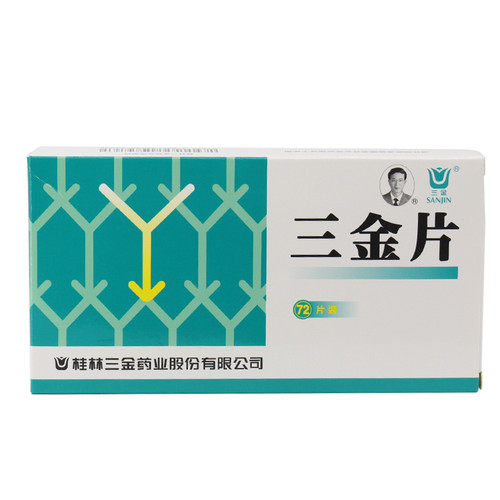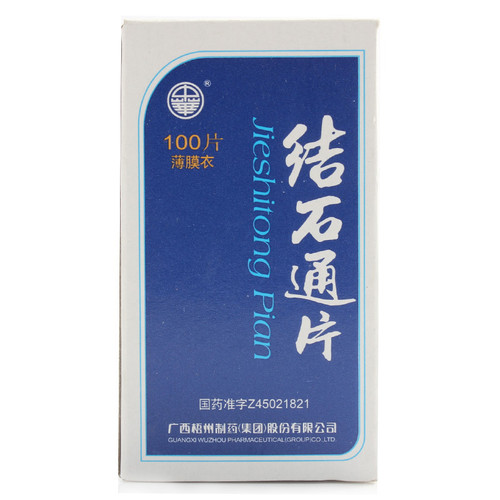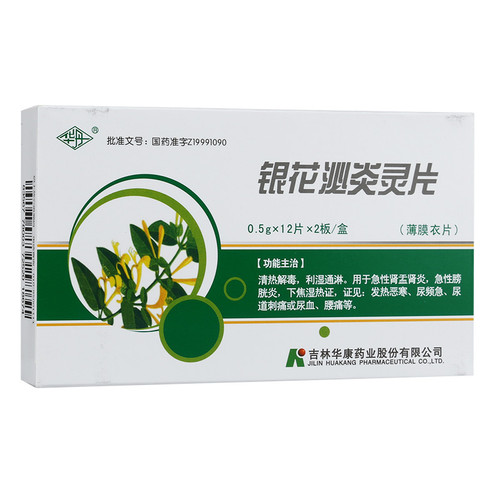Product Overview
Generic name: Solinasin Succinate Tablets
Chinese Pinyin: HuPoSuanSuoLiNaXinPian
English name: Solifenacin Succinate Tablets
Product name: Weixikang
Ingredients: Solinasine Succinate.
Properties: This product is a light yellow film-coated tablet, engraved with the company logo and "150".
Function and indications: Used for the treatment of urinary incontinence and/or frequent urination and urgency symptoms associated with patients with overactive bladder.
Specification: 5mg*10 tablets/box
Usage and dosage: The recommended dose of this product is once a day, 1 tablet (5 mg) each time, and can be increased to 1 time a day, 2 tablets (10 mg) each time if necessary. This product must be taken as a whole tablet with water and can be taken before or after meals. Patients with renal dysfunction: patients with mild to moderate renal dysfunction (creatinine clearance> 30 mL/min) do not need to be adjusted. Patients with severe renal dysfunction (creatinine clearance ≤ 30 mL/min) should be used with caution, and the dose should not exceed 5 mg per day. Patients with hepatic dysfunction: The dosage of medication for patients with mild hepatic dysfunction does not need to be adjusted. Patients with moderate liver dysfunction should use the drug with caution, and the dose should not exceed 5 mg once a day. When a potent cytochrome P4503A4 inhibitor is used simultaneously with ketoconazole or other potent CYP3A4 inhibitors such as ritonavir, nelfinavir and itraconazole at a therapeutic dose, the maximum dose of this product should not exceed 5 mg.
Adverse reactions: Due to the pharmacological effects of Solinasine, this product may cause mild (usual) and moderate anticholinergic side effects, the frequency of which is related to the dose. The most common adverse reaction reported for this product is dry mouth. The incidence of 5 mg once daily treatment was 11%, the incidence of 10 mg once daily was 22%, and the incidence of placebo treatment was 4%. The degree of dry mouth is usually mild, and occasionally patients need to interrupt treatment. In general, compliance with drug therapy is very high (about 99%), and about 90% of patients treated with this product have completed the 12-week study. Adverse reactions according to the MedDRA system organ classification, very common>1/10; common>1/100, <1>1/1000, <1>1/10000, <1/1000; extremely rare <1/10000, unknown (not Infer from existing data). Infections and infections: Uncommon urinary tract infections, cystitis. Mental system diseases: very rare hallucinations. Nervous system diseases: uncommon drowsiness, dysgeusia; extremely rare dizziness, headache. Eye diseases: blurred vision is common; dry eyes are not common. Respiratory system, chest and mediastinal diseases: dry nose is not common. Digestive system diseases: dry mouth is very common; constipation, nausea, dyspepsia, abdominal pain are common; gastro-esophageal reflux, dry throat is not common; colon obstruction and fecal impaction are rare; vomiting is extremely rare. Skin and subcutaneous tissue diseases: Dry skin is not common; itching, rash, urticaria are extremely rare. Kidney and urinary system diseases: dysuria is not common; urinary retention is rare. General diseases and administration site conditions: uncommon fatigue, peripheral edema.
Contraindications: Patients with urinary retention, severe gastrointestinal diseases (including toxic megacolon), myasthenia gravis or narrow-angle glaucoma, or patients at the following risk conditions are prohibited from taking this product: allergic to the active ingredients or excipients of this product Patients with hemodialysis; patients with severe liver dysfunction; patients with severe renal dysfunction or moderate liver dysfunction who are using powerful CYP3A4 inhibitors such as ketoconazole.
Note: Before using Weixikang treatment, confirm other causes of frequent urination (heart failure or kidney disease). If there is a urinary tract infection, appropriate antibacterial treatment should be started. The following patients should be used with caution: 1. Obvious lower urethral obstruction, there is a risk of urinary retention; 2. Gastrointestinal obstructive disease; there is a risk of weakened gastrointestinal motility; 3. Severe renal dysfunction (creatinine clearance rate ≤ 30ml/ min), the dose of these patients does not exceed 5mg once a day; 4. Moderate liver dysfunction (child-pugh score 7-9), these patients do not exceed 5mg once a day; 5. Simultaneous use Strong cytochrome p4503a4 inhibitors such as ketoconazole; 6. Hiatal hernia/gastroesophageal reflux and/or taking drugs that can cause or aggravate esophagitis (such as diphosphorus salt compounds); 7. Neurogenic detrusor The safety and effectiveness of medication for overactive patients have not been established; 8. Patients with hereditary galactose intolerance, lapp lactase deficiency or glucose-galactose malabsorption should not use this product; 9. The earliest medication can be taken 4 Determine the maximum effect of this product after weeks; 10. Impact on driving and operating machinery: Like other anticholinergic drugs, Solinasine may cause blurred vision, drowsiness and fatigue (less common), which may affect driving and The mechanical operation has a negative impact.
Drug interactions: Combined use with other anticholinergic drugs may cause more obvious therapeutic effects and side effects. Before stopping the treatment of this product and starting other anticholinergic drugs, an interval of about 1 week should be set. Simultaneous use of cholinergic receptor agonists may reduce the efficacy of Solinasine. Solinasine can reduce the effects of drugs that stimulate gastrointestinal motility such as metoclopramide and cisapride.
Pharmacology and Toxicology: Unclear
Storage: Sealed and stored at room temperature (10-30℃).
Packing: Aluminum-plastic blister pack, 10 pieces/box.
Validity period: 36 months
Approval number: National Medicine Standard J20090109
Company Name: Astellas Pharmaceutical (China) Co., Ltd.










